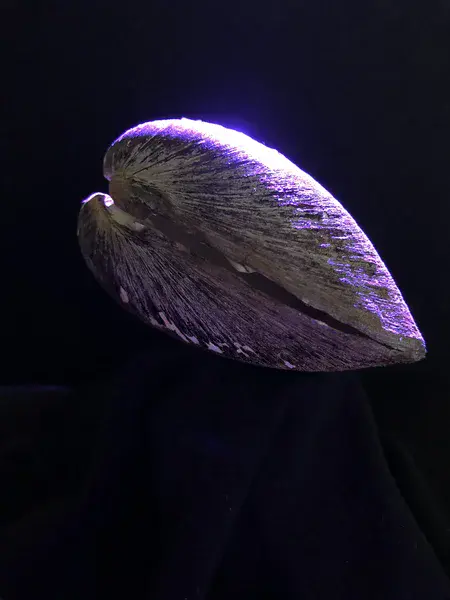
Studying shell morphodynamics to improve climate models
by Jennifer Guarini, The Entangled Bank Laboratory, Banyuls-sur-Mer, France
Profile of a specimen of Arctica islandica, one of the longest lived marine bivalves known, undergoing a 3D scan. Their longevity is exploited for reconstruction of climate patterns in the North Atlantic. However, mathematical models of their morphodynamics are necessary to account for bias induced by their asymmetric growth ("morphodynamics" is the study of how an organisms' growth changes its shape over time). Seashells are known to change their growth direction and this can create spurious oscillations in sclerochronological data measured with traditional protocols. New 3D models and numerical methods can detect and correct for these problems.
Categories
Location
- Europe (3893)
- Western Europe (788)
- France (179)
- Exact location (-56.2985 W, 47.0133 N)
Tags
- sclerochronology (1)
- seashell (1)
- shell (8)
- growth (1)
- reconstruction (1)
- modelling (1)
- morphodynamics (2)
- arctica (1)
- climatechange (5)
Colours
Image properties
4032 × 3024 px;
image/jpeg; 1.7 MB
Camera:
Apple iPhone 8 Plus
Taken on 14
April
2019
Submitted on 31 March 2021
Licence
Creative Commons Attribution-NonCommercial-NoDerivs 3.0 Unported (CC BY-NC-ND 3.0)
Credit
Jennifer Guarini (distributed via imaggeo.egu.eu)
Share
Appreciate
Report